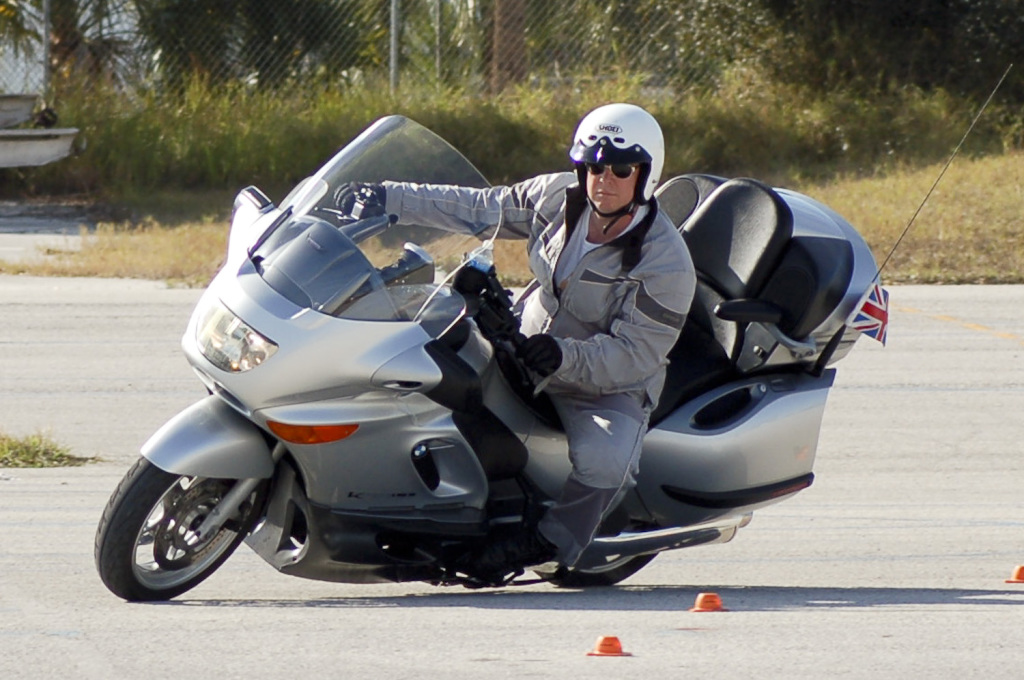Dr. John Lloyd has over 25 years of forensic consulting experience as a motorcycle accident expert including motorcycle handling and operation as well as maintenance, repair and motorcycle inspection.

Education:
B.Sc.(Hons) (Ergonomics / Human Factors), Loughborough University, UK. 1992
PhD (Ergonomics / Biomechanics), Loughborough University, UK. 2002
Motorcycle Endorsement
1993 to current date
Over 300,000 miles ridden
Motorcycle Group Memberships:
- Gold Wing Road Riders Association (former)
- FL1-A chapter member
- Road Captain
- BMW Owners of America
- BMW Riders of Tampa Bay
- American Motorcycle Association
- ABATE of Florida
Motorcycles Owned (* current):
- Honda Rebel 250
- Honda Shadow VLX600
- Honda Shadow VT700
- Honda Magna VF750
- Honda Shadow VT1100
- Honda Gold Wing GL1200
- Honda Gold Wing GL1500
- BMW K1200LT
- Yamaha FZ1
- Kawasaki Vulcan Nomad 1600
- BMW R1200RT *
- Honda CBR929RR *
Advanced Rider Training
- Motorcycle Safety Foundation (MSF) Experienced Rider Course
- Motorcycle Safety Foundation (MSF) Advanced Rider Course
- Total Rider Tech (Lee Parks)
- Advanced Ride Like a Pro Course
Pertinent Professional Memberships
- National Association of Traffic Accident Reconstructionists and Investigators
- Society of Accident Reconstructionists
Accident Analysis Training
- EDC Accident Reconstruction Course – HVE EDCRASH / EDSMAC, Miami, FL
- Certification in Reconstruction and Analysis of Motorcycle Accidents – SAE International, Detroit, MI
- Certification in Investigation of Motorcycle Crashes – Institute for Police Training and Management (IPTM), Jacksonville, FL.
Other relevant Professional Training
- LabView Introductory and Advanced workshops, National Instruments
- Successful Measurement of Dynamic Force, Pressure, and Acceleration, presented by PCB Piezotronics
- Using Mimics to create 3D Finite Element models from Radiographic CT and MR images, presented by Materialize
- Matlab fundamentals, presented by The Mathworks

 Dr. Lloyd has completed numerous advanced programs, including Motorcycle Safety Foundation (MSF), Experienced Rider Course and Total Rider Tech Advanced training.
Dr. Lloyd has completed numerous advanced programs, including Motorcycle Safety Foundation (MSF), Experienced Rider Course and Total Rider Tech Advanced training.
